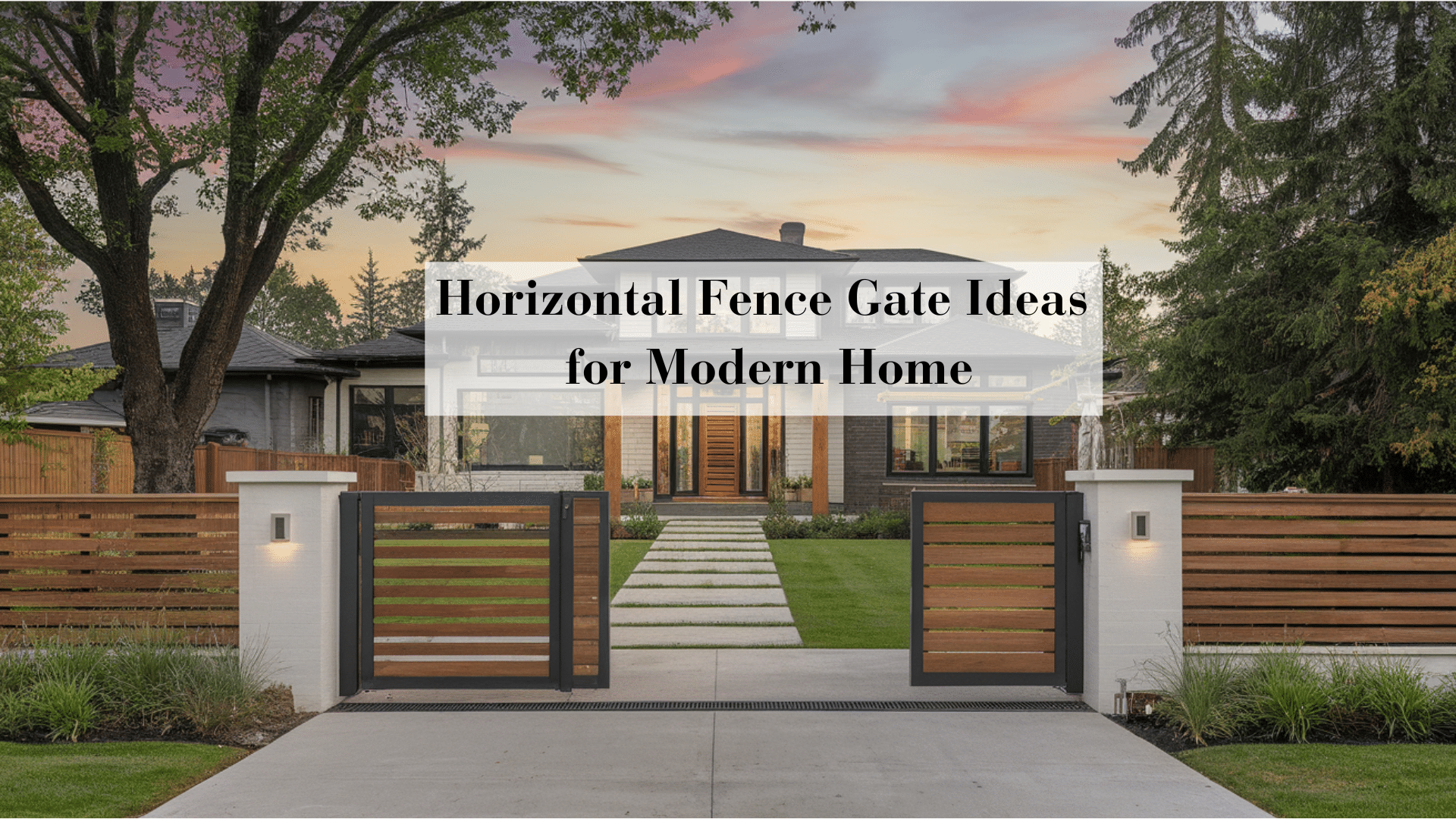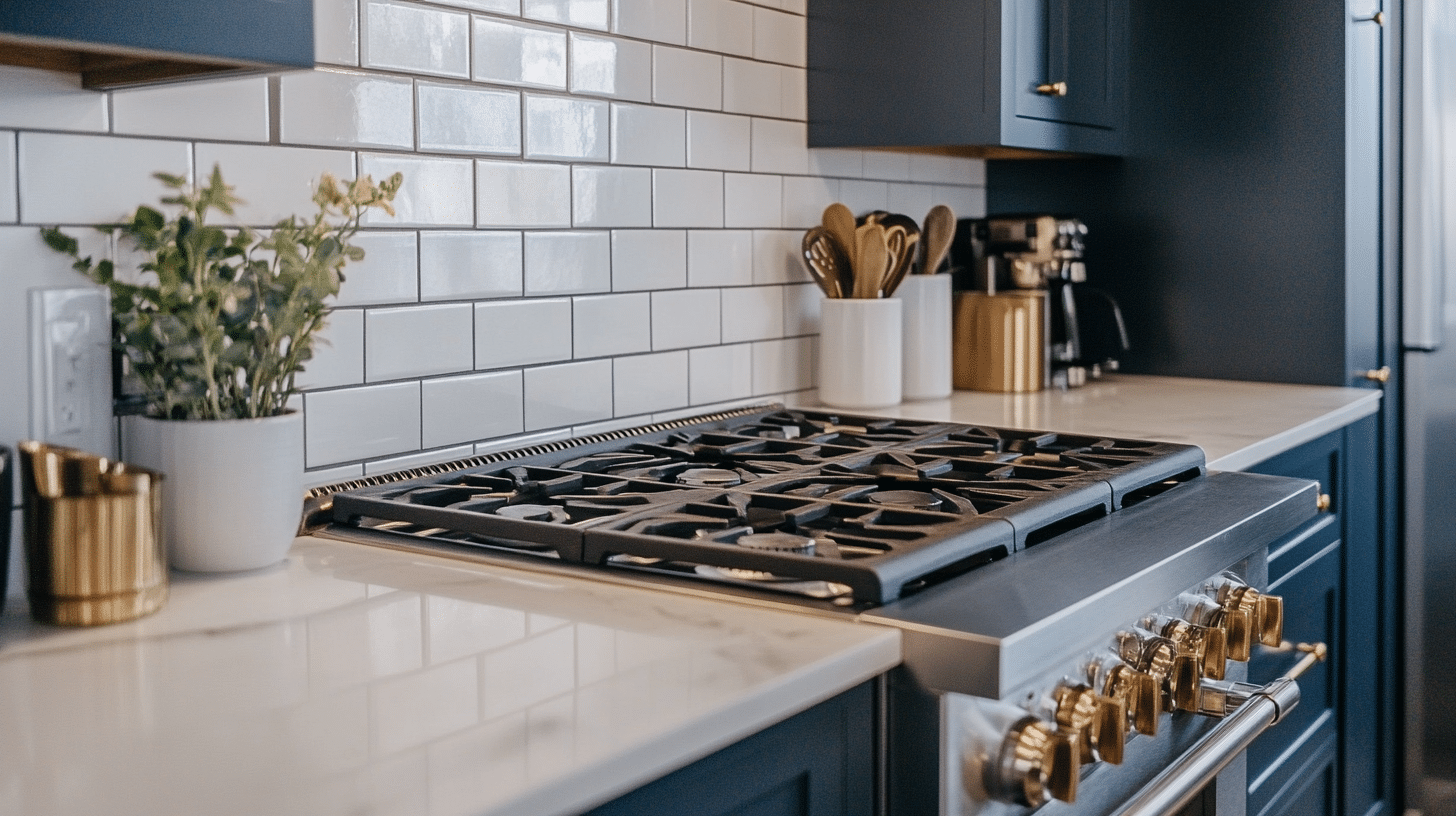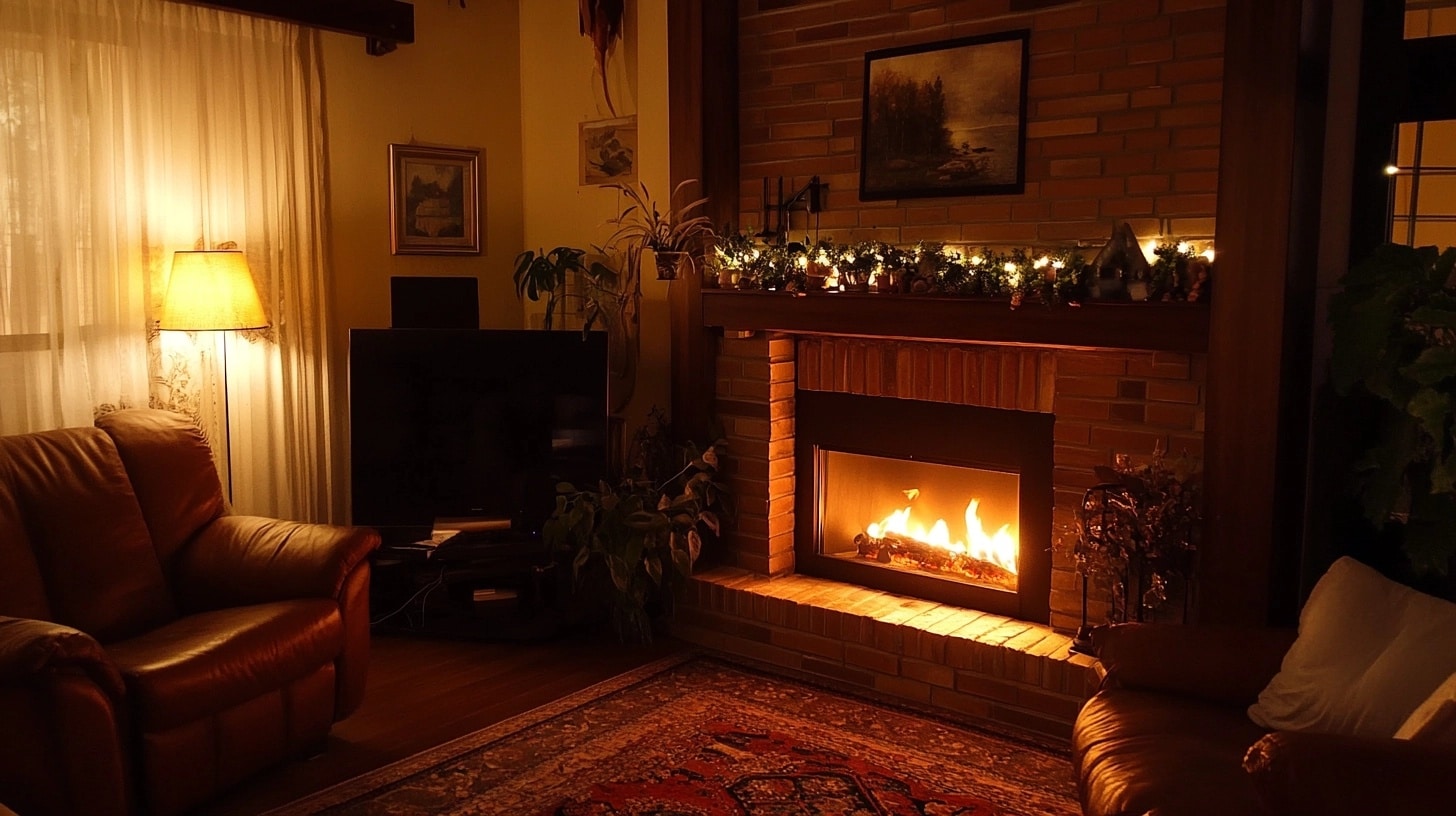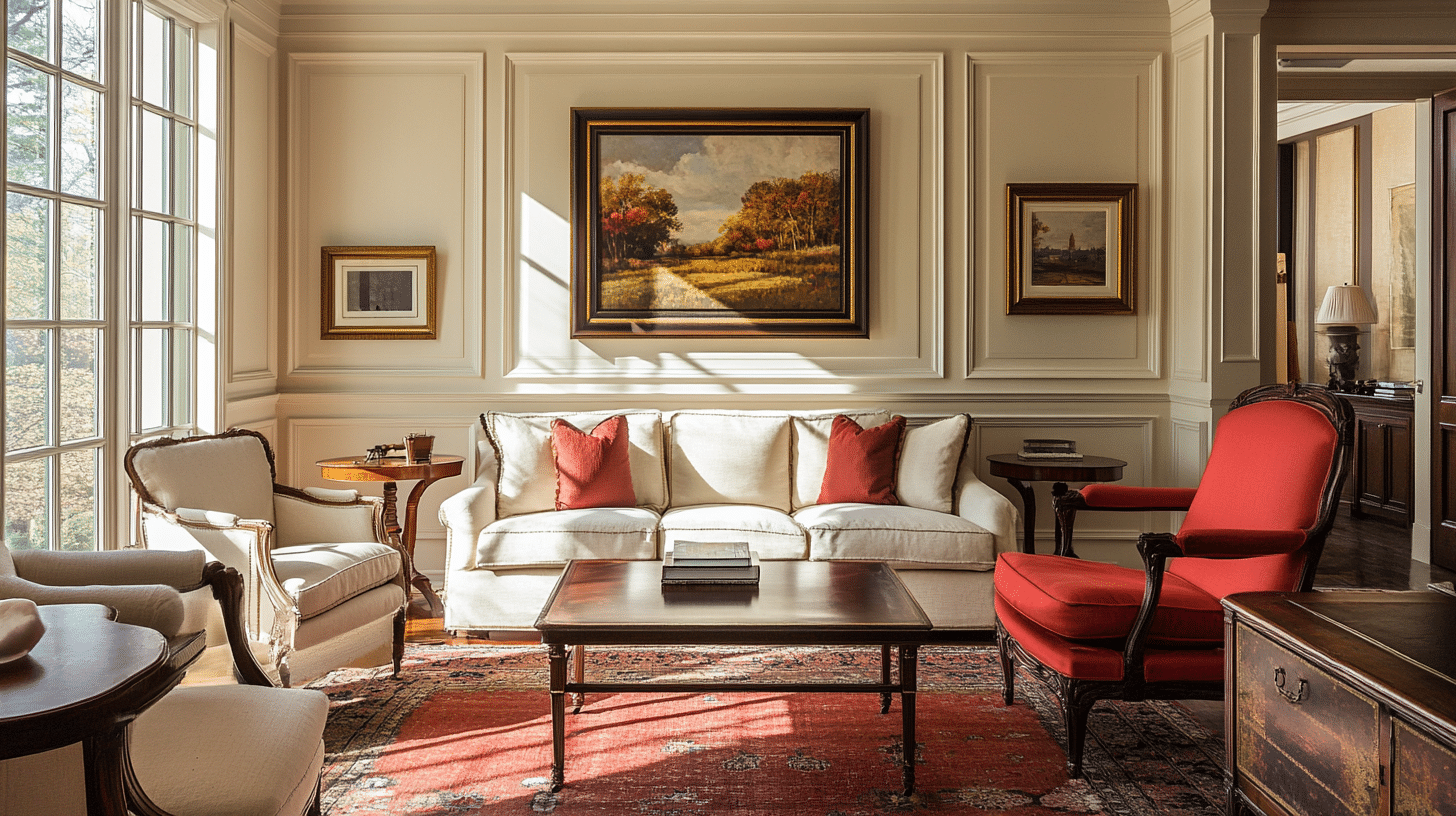Complete Guide to Horizontal Fence Gates for Your Home
Horizontal fence gates are becoming a top choice for homeowners wanting to add beauty and safety to their properties.
These gates, with boards running from side to side instead of top to bottom, offer a clean, modern look that complements today’s home styles.
Many people choose horizontal gates because they look different from standard fence options and give properties a fresh, updated feel.
This blog will explain everything you need to know about horizontal fence gates, a growing trend in home exterior design.
- You’ll learn the step-by-step process of building your gate
- see various design options to match your style
- And understand the key differences between professional and DIY installation.
What is a Horizontal Fence Gate?
Horizontal fence gates feature boards or slats placed side to side rather than up and down.
This simple change in direction creates a different look and feel compared to regular fencing options while still providing the same useful purpose of an entrance and exit point.
Definition and Characteristics
A horizontal fence gate is a yard entrance where the main boards or slats run from left to right instead of top to bottom.
These gates often match a nearby horizontal fence, creating a smooth, flowing look.
The boards are attached to a frame that holds everything together and allows the gate to swing open and closed.
When compared to vertical fence gates, horizontal ones create different visual lines that draw the eye across rather than up.
This sideways pattern can make spaces look wider and more open, while vertical styles tend to make areas look taller.
Why Choose a Horizontal Fence Gate?
Horizontal fence gates offer a clean, modern look that fits well with today’s house styles.
The straight lines create a simple yet striking pattern that stands out from more common vertical designs.
Beyond looks, these gates provide solid benefits: they offer good privacy when boards are placed close together, keep your property secure, and can boost your home’s value.
Many buyers now look for updated outdoor features, and a well-built horizontal gate signals a thoughtfully designed property.
Materials Used for Horizontal Fence Gates
The material choice for your horizontal fence gate affects its looks, lifespan, and maintenance needs. Here’s what you should know about the main options.
Wood Gates

Cedar is a top wood choice for horizontal gates due to its natural beauty and built-in resistance to insects and rot.
Pine offers a more budget-friendly option, while redwood provides rich color and good weather resistance.
Wood gates need regular maintenance, like cleaning and resealing, but many homeowners feel the warm, natural appearance is worth the extra work.
Composite and Vinyl Gates

Composite and vinyl gates are ideal for those wanting minimal upkeep. These materials resist rotting, warping, and insect damage and do not require painting or staining.
Vinyl comes in various colors that maintain their look over time and clean easily with just soap and water.
Composite materials combine wood fibers with plastic to mimic real wood while offering better weather resistance.
Metal Gates

Metal horizontal gates provide maximum strength with a clean, modern style.
Aluminum is lightweight, rust-resistant, and nearly maintenance-free.
Steel offers the greatest strength but may need special coatings to prevent rust.
Many current designs combine materials—like metal frames with wood or composite boards—to maximize the benefits of each.
How to Build a Horizontal Fence Gate (Step-by-Step Guide)
Building your horizontal fence gate can save money while letting you create a custom entrance that matches your fence perfectly.
This project is within reach for most homeowners with basic tools and some weekend time.
Materials and Tools Needed
For a standard wood horizontal gate, gather these essentials.
- 2×4 lumber for the frame
- 1×6 or 1×4 boards for slats
- Exterior screws (3-inch and 1½-inch)
- Heavy-duty gate hinges
- Latch
- Handle
- Wood sealer
- Saw
- Drill
- Measuring tape
- Level square
- Glasses
- Gloves
Step-by-Step Building Instructions
Building a horizontal fence gate involves more precise techniques than you might expect.
The key is creating a strong frame that won’t sag over time while ensuring the finished product both looks good and functions properly.
Here’s a detailed breakdown of the process based on professional fence builders’ experiences:
Step 1: Frame Construction

Cut three rough-cut 2×4 cedar rails to the width of your gate opening (about 48 inches).
Position them strategically – one at the top, one at the bottom, and one slightly offset from the center to hide it from view through the gaps.
Add vertical side pieces about an inch in from each edge to allow clearance for hinges and latches.
Make sure your frame is square by measuring diagonally from corner to corner.
Step 2: Diagonal Brace Installation

Add a compression brace running from the top hinge side down to the bottom latch side.
This prevents the gate from sagging over time – a common problem with wider gates.
Measure carefully from corner to corner, trace your cut lines, and secure the brace firmly to the frame.
The brace provides crucial structural support that keeps the gate square for years.
Step 3: Horizontal Slat Attachment

Measure and cut your horizontal pickets to fit between the vertical sides (approximately 46⅝” long).
Install them from bottom to top, using a picket as a spacer to maintain even ½” gaps between boards.
For a standard 60½” tall gate, ten 5½” wide pickets with half-inch gaps work perfectly, and no additional cutting is needed.
Nail through the pickets into the diagonal brace as you go for added strength.
Step 4: Hinge Mounting

Add extra support pieces where hinges will attach to ensure lag bolts go into solid wood—pre-drill holes to prevent splitting the cedar, especially in dry climates.
For proper support, use 5/16″ by 2½” bolts to secure heavy-duty hinges to the frame at the top and bottom locations.
Install hinges with pins pointing upward so gravity keeps them in place. Test the gate swing before proceeding.
Step 5: Hardware and Finishing

Install a paddle latch at a comfortable height (slightly higher than a center for easy access without bending).
Add a proper handle for easy operation. For gates connecting to existing fences, you may need to notch trim pieces to accommodate the striker plate.
Consider adding an anti-sag cable for extra support on wider gates.
Finally, hang the gate from the low side of the opening so it doesn’t drag on the ground, and seal all surfaces to protect against weather damage.
Taking your time with each step, especially making sure the frame is square and properly braced, will result in a gate that works well for years to come.
Check out SWI Fence’s YouTube video for a comprehensive breakdown and follow-through.
Common Challenges and Solutions
Gate sagging is the most common issue with horizontal designs.
For wider gates, heavier hinges or a steel cable with a turnbuckle beyond the diagonal brace might be needed.
Adjustable hinges can help fix minor misalignment in gates that won’t close properly.
If your gate sticks during weather changes, leave small gaps between boards to allow for wood expansion, and make sure to seal all surfaces, not just the visible ones.
Gate Design Options
The design of your horizontal fence gate establishes the overall character of your property entrance.
Striking a balance between appearance and practicality.
Simple Horizontal Slat Design

The basic horizontal slat gate features boards running side to side across a frame. Boards can be placed close together for privacy or spaced apart for a more open feel.
This clean pattern offers a modern look that complements many home styles.
This straightforward design lets the natural beauty of wood grain or metal finishes stand out, creating a subtle yet striking entrance.
Custom and Decorative Horizontal Gate Designs

To create a unique gate, consider mixing board widths, adding special hardware, or combining materials.
Some designs include small gaps that can house lighting for nighttime effect.
Custom handles, decorative hinges, or mixed materials like wood with metal accents can make your gate stand out.
Even simple changes in board placement or spacing can create visual interest without adding much cost.
Vertical vs. Horizontal Gate Design

Horizontal gates make spaces seem wider and have a more current look, but they may need extra support for wider openings.
Vertical gates, with their traditional feel, can make areas appear taller and naturally resist sagging better.
Your choice should consider your existing fence style, the look you want, and practical concerns like the width of your opening and how much maintenance you’re willing to do.
Horizontal Gate Installation
Installing a horizontal gate correctly ensures its long-term success.
This process requires careful planning, proper tools, and attention to detail.
DIY vs. Professional Installation
| Aspect | DIY Installation | Professional Installation |
|---|---|---|
| Cost | Lower upfront cost, just materials | Higher cost includes labor and expertise |
| Time | It takes longer, especially for beginners | Usually completed in a few hours |
| Tools | Need to own or rent specialized tools | Pros bring all necessary equipment |
| Quality | Depends on your skill level | Typically, high-quality, guaranteed work |
| Knowledge | Learning opportunity | Benefit from years of experience |
| Troubleshooting | Must solve problems yourself | Professionals handle complications |
Maintenance Tips for Horizontal Gates
Regular maintenance keeps your gate working well and looking good, preventing small issues from becoming expensive problems.
Keeping Your Wood Gate Looking Great
Wood gates need protection from the elements.
Apply stain or sealer every 1-2 years and inspect for water damage, especially at the bottom.
Clean yearly with mild soap and water to remove dirt and mold.
Check all hardware and tighten loose screws, as wood naturally moves with weather changes.
Metal Gate Care
For metal gates, watch for rust spots, particularly at joints and welds. Sand and paint these areas quickly to stop spreading.
Touch up any paint chips right away. Spray silicone twice a year to keep hinges and latches working smoothly.
Make sure any drainage holes stay clear to prevent water buildup inside hollow parts.
Troubleshooting Common Issues
For sagging gates, first, tighten all frame connections. If needed, add or adjust a diagonal brace from the top hinge side to the bottom latch side.
Gates that won’t latch properly often need hinge adjustments—most quality hinges have built-in adjustment screws.
If your gate drags on the ground, check if the posts have shifted. For gates that stick when opening or closing, you might need to plane the bottom edge slightly.
Conclusion
Horizontal fence gates offer just the right mix of style and function for today’s homes.
Their side-to-side design creates clean lines that complement modern homes while still working well with more traditional styles.
You could choose wood for its natural warmth, metal for strength, or composite for low maintenance; a horizontal gate makes a strong statement at your property entrance.
Building your gate gives you complete control over size, materials, and design, while pre-made options save time and effort.
Whichever path you choose, a well-built horizontal gate will improve your home’s look, security, and value for years to come.
Frequently Asked Questions
Is It Cheaper to Build a Fence Horizontally or Vertically?
Vertical fences are typically cheaper as they use less lumber and need fewer supports. Horizontal designs often require stronger, more expensive frames to prevent sagging.
What are the Disadvantages of a Horizontal Fence?
Horizontal fences tend to sag over time, require more maintenance, need stronger posts, and generally cost more to build than vertical styles.
What is a Horizontal Fence Called?
In the industry, horizontal fences are commonly called “modern fences,” “contemporary fences,” or simply “horizontal slat fences.”







